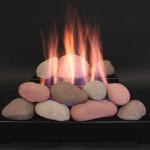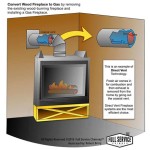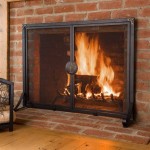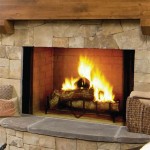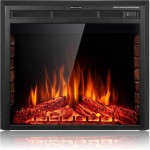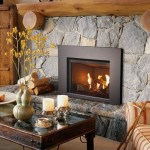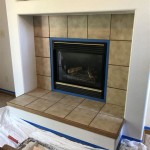Indoor Brick Fireplace: An Essential Guide to Its Charm and Functionality
Indoor brick fireplaces have been a beloved architectural feature for centuries, adding warmth, ambiance, and timeless elegance to homes. Whether you're considering installing a new fireplace or renovating an existing one, understanding the essential aspects of brick fireplaces is crucial for making informed decisions.
Material and Structural Integrity:
Bricks are a durable and versatile material for fireplace construction. They provide excellent thermal mass, absorbing and releasing heat efficiently. The structural integrity of the fireplace is paramount, as it bears the weight of the chimney and ensures safe operation. Certified masons should handle the design and construction to guarantee a sturdy and long-lasting fireplace.
Firebox Design:
The firebox, where the fire burns, influences the fireplace's heat output and aesthetics. The size of the firebox determines the amount of firewood it can accommodate and the intensity of the heat. The shape and style of the firebox affect the draft and efficiency of the fireplace. A well-designed firebox ensures proper combustion and minimizes smoke production.
Flue and Chimney:
The flue is the vertical passage that carries smoke and combustion gases out of the house. It must be properly sized and lined to prevent blockages and ensure the efficient venting of byproducts. The chimney, which extends above the roof, provides the necessary height for proper draft and prevents smoke from entering the home.
Masonry Techniques:
Skilled masons employ various techniques to create beautiful and functional brick fireplaces. The type of brick, mortar, and joint detailing can impact the appearance and overall performance of the fireplace. Careful attention to craftsmanship ensures the fireplace's durability and resistance to moisture and heat.
Heat Output and Efficiency:
The heat output of a brick fireplace depends on several factors, including the size of the firebox, the efficiency of the flue system, and the type of firewood used. Modern fireplaces often incorporate energy-saving features such as air circulation systems or catalytic converters to improve efficiency and reduce heat loss.
Safety Considerations:
Safety is paramount when operating a brick fireplace. Regular inspections and maintenance by a qualified professional are essential to ensure proper functionality and prevent chimney fires and other hazards. Fire-resistant materials should be used around the fireplace to minimize the risk of embers escaping. Safe practices, such as using dry firewood and keeping combustible materials away from the fireplace, are vital for a safe and enjoyable experience.

Mortar Wash Brick Fireplace Makeover Dimples And Tangles

Building An Electric Fireplace With Brick Facade
.png?strip=all)
Blog Contact Cherokee Brick

35 Gorgeous Natural Brick Fireplace Ideas Part 2 Home Farm House Living Room Design

77 Best Interior Brick Ideas

7 Beautiful Ideas For Painting Interior Brick Fireplaces

Modern Ranch Reno How To Re Grout A Brick Fireplace

Our Ugly Brick Fireplace He Vetoes Painting It Laurel Home

Pin By Evelyn Smith On Home Ideas Fireplace Living Room House Design

Fixr Com Brick Vs Stone Fireplace Pros Cons Comparisons And Costs
Related Posts

